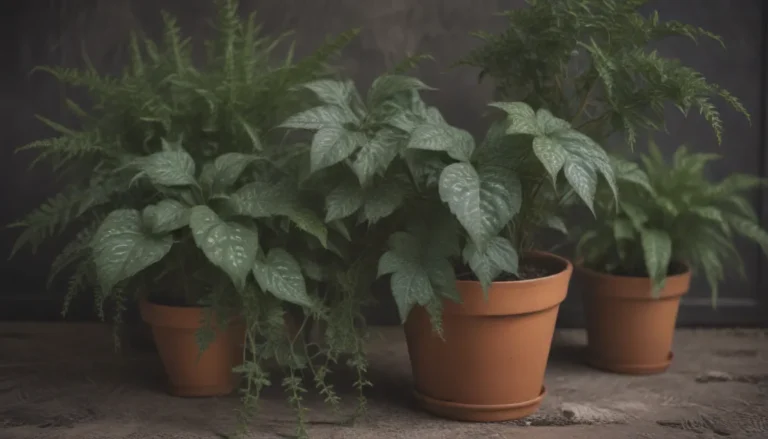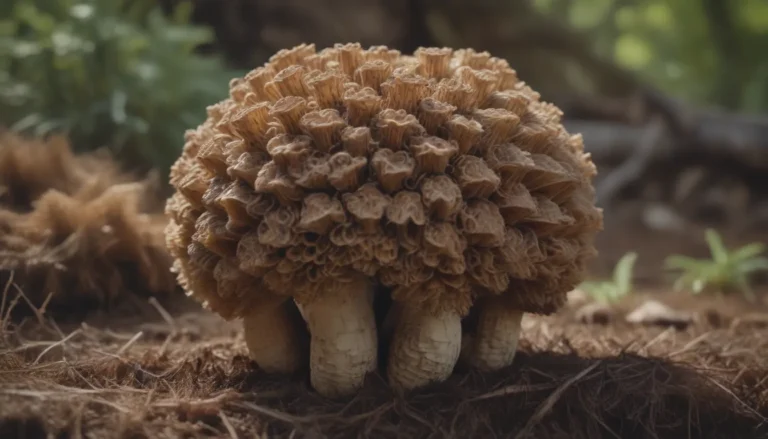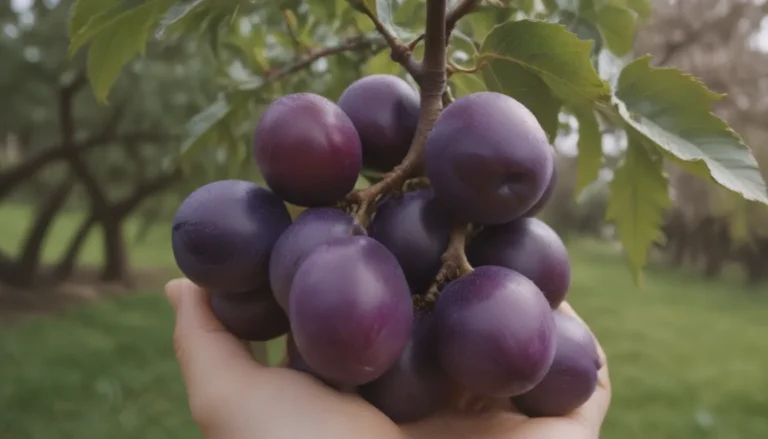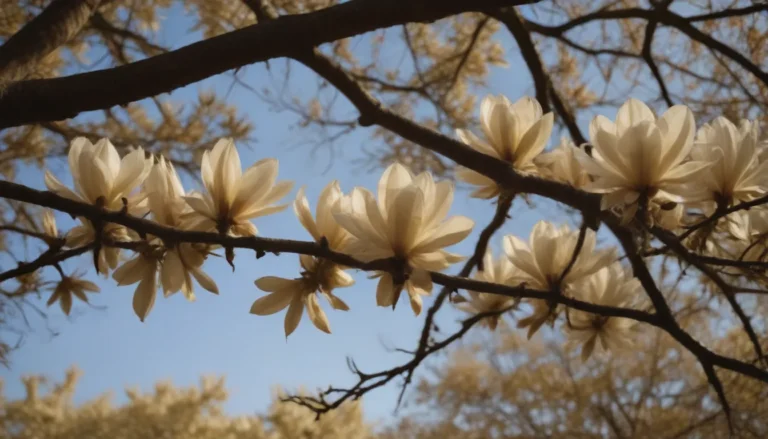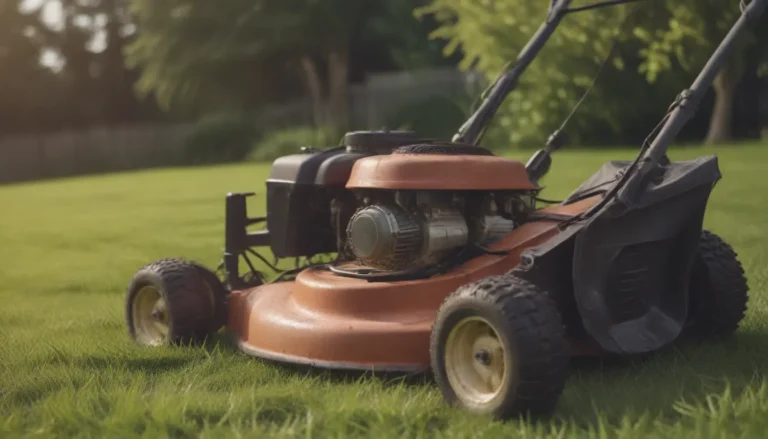Ultimate Guide: How to Successfully Grow and Care For Magnolia Ann
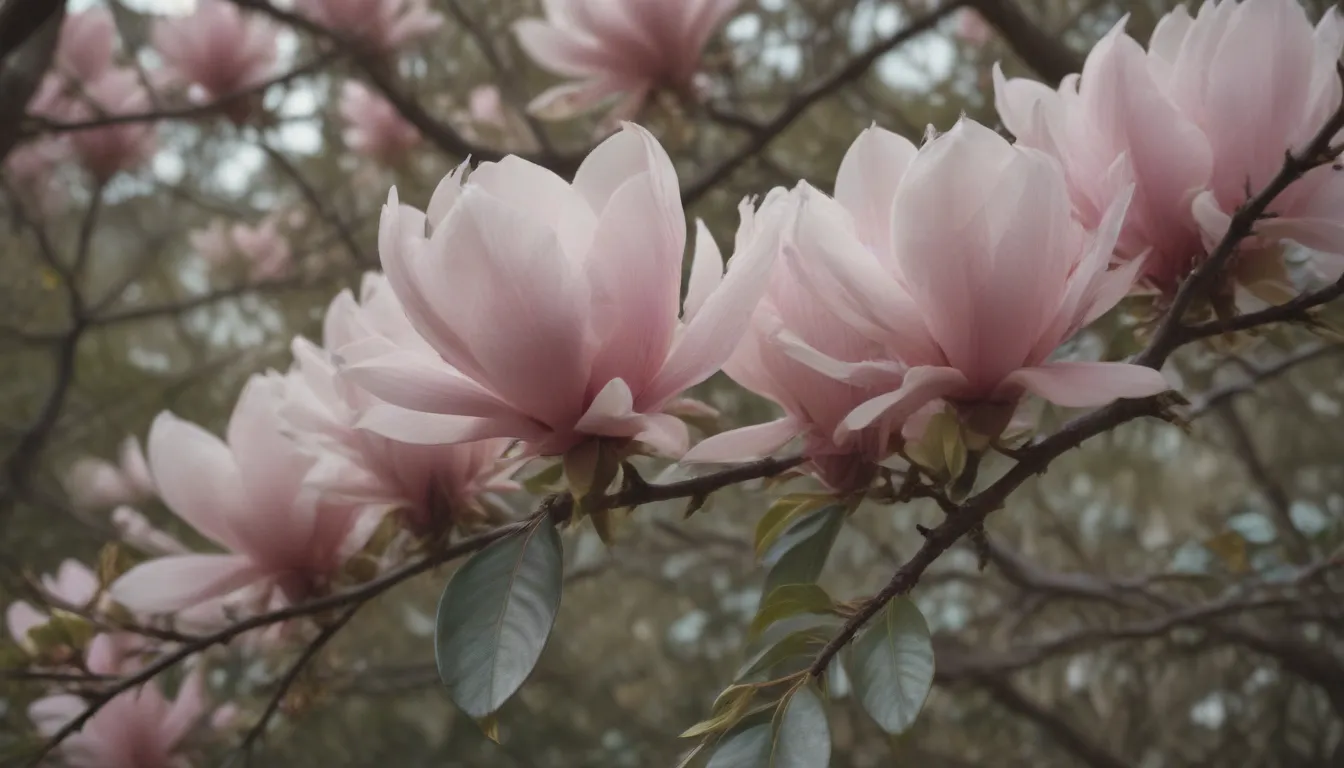
Are you looking to add a touch of elegance and beauty to your garden? Magnolia Ann might be the perfect choice for you. With its large, leathery green leaves and fragrant purple-red blossoms, this spring blooming shrub is a crowd favorite. In this comprehensive guide, we will delve into everything you need to know about growing and caring for Magnolia Ann to ensure that it thrives in your garden.
Characteristics of Magnolia Ann
Magnolia Ann belongs to the “Little Girl” magnolia collection and is known for its small size, compact growing habit, and late bloom time. The cultivar blooms in April and May, with flowers that are almost 4 1/2 inches wide. They have a light fragrance and are cup-shaped, adding a lovely touch to any garden. At maturity, Magnolia Ann can reach 10 to 12 feet in height and width, making it an excellent choice as a specimen plant, privacy screen, or hedge. Additionally, it can also be grown in pots, adding versatility to its uses.
Magnolia Ann Care
When it comes to caring for Magnolia Ann, it is considered a medium maintenance shrub at the beginning. However, once established, it requires minimal attention. Here are some key care tips to ensure your Magnolia Ann thrives:
Light
For optimal flowering, Magnolia Ann requires at least 6 hours of bright sunlight daily. While it can tolerate heat, the shrub thrives best in moderate temperatures and benefits from afternoon shade in especially sunny and warm climates. Insufficient sunlight can result in fewer and less vibrant flowers.
Soil
Magnolia Ann is adaptable to various soil types, including clay. However, it thrives in slightly acidic soil with a pH of 5.5 to 6.5. If your soil is too alkaline, you can increase acidity by adding peat during planting. Ensure the soil is rich, moderately moist, and well-draining for healthy growth and flowering.
Water
During the first six months after planting, water Magnolia Ann twice weekly. Once established, water only during extreme drought conditions. Water thoroughly at ground level to prevent overly saturated, soggy soil that can damage shallow roots.
Temperature and Humidity
Magnolia Ann is hardy in USDA growing zones 4 through 9, performing best in regions with moderately warm summers and mild winters. It can withstand freezing temperatures of -30 degrees F, making it suitable for northern zones. Maintain humidity levels between 30 to 50 percent for optimal growth.
Fertilizer
Fertilizing Magnolia Ann depends on the soil type. Organic nitrogen-based fertilizers like bloodmeal are suitable for these ornamental shrubs. You can also use a slow-release liquid fertilizer such as an NPK 20-5-10 or 12-4-8. Feed in April and continue monthly through mid-July. For pot-grown Magnolia Ann, feed every two weeks during the growing season.
Additional Small Magnolia Varieties
Apart from Magnolia Ann, there are several other small hybrids in the “Little Girl” magnolia collection that you might consider for your garden. Here are a few options:
- Little Gem:
- Caerhay’s Surprise:
- Magnolia stellata:
- Gail’s Favorite:
- Leonard Messer:
Planting Magnolia Ann
When planting Magnolia Ann, consider the following guidelines:
- In southern zones, plant in late autumn or early winter. For northern zones, early spring planting is recommended.
- Choose a permanent location as Magnolia Ann’s shallow roots do not respond well to being moved.
- Provide morning sun and afternoon shade, especially in hot climates.
- Shelter the plant from cold winter winds in northern areas.
To plant, follow these steps:
- Dig a hole 1 1/2 times wider than the rootball and just deep enough for the uppermost root to sit level with the soil.
- Spread the roots around the base of the trunk and fill in with soil.
- Tamp down the soil to hold the shrub upright and water gently but thoroughly at soil level.
- Add aged compost, bloodmeal, or NPK 10-10-10 fertilizer at planting time to support vigorous initial growth.
- Apply a 2- to 3-inch mulch layer to keep the soil moist and cool.
Tip:
Allow enough space for Magnolia Ann to spread. Larger magnolias need 50 feet of space, while smaller hybrids like Magnolia Ann require 10 to 15 feet of space.
Pruning Magnolia Ann
Magnolia Ann’s natural form is upright and dense, becoming rounded as it matures. You can prune it into a small tree form by removing extra trunks and lower branches. Significant pruning should be done in mid-summer after flowering. When grown as a shrub, Magnolia Ann requires minimal pruning. Remove dead or damaged branches and leaves as needed, allowing flowers to drop naturally.
Propagating Magnolia Ann
You can propagate Magnolia Ann with stem cuttings. While it does produce seed pods, propagating from seed may not produce an identical tree and can take up to 15 years to bloom. Mid-summer is the best time for propagating Magnolia Ann. Use a sterile cutting tool, 6-inch plastic pots with drainage, and a loose potting mix for best results.
Tip:
Propagation success rates with stem cuttings are not guaranteed. Plant multiple cuttings to increase your chances of success.
Overwintering
Magnolia Ann is cold hardy and requires minimal winter protection. Shield the shrub from high winds by selecting a sheltered planting spot. Mulch around the base to protect shallow roots during winter.
Common Pests and Plant Diseases
While Magnolia Ann is fairly resistant to pests, it can still be affected by weevils, snails, scale, and thrips. Treat the plant with horticultural or neem oil to combat these pests. Common diseases to watch out for include leaf spots, anthracnose, canker, dieback, and powdery mildew. Ensure proper watering and drainage to prevent these issues and prune out diseased branches and leaves when necessary. Severe cases may require treatment with a copper-based fungicide.
How to Encourage Blooming in Magnolia Ann
To ensure abundant blooms on your Magnolia Ann, follow these tips:
- Fertilize in spring with a nitrogen-based fertilizer to support flowering.
- Ensure proper pruning, adequate sunlight, and soil acidity levels for optimal blooming.
- Magnolia flowers typically open before or alongside the foliage, with leaves turning yellow in autumn before shedding.
Common Problems and Solutions
While Magnolia Ann is generally easy to care for, keep an eye out for these common issues:
Yellow Leaves
Yellowing leaves during the growing season may indicate sunlight or watering issues. Monitor light exposure and water the plant appropriately to maintain healthy foliage.
Flowers Fail to Open
Flowers that fail to open are often caused by late frost, insufficient light, or overwatering. Ensure adequate sun exposure and water management to promote healthy flower development.
Tip Dieback
Branch tips turning hard and brown can be a result of frost damage. Protect Magnolia Ann from cold winds and keep it mulched to prevent tip dieback.
Conclusion
Magnolia Ann is a stunning addition to any garden, offering vibrant blooms and lush foliage. By following the care tips outlined in this guide, you can ensure that your Magnolia Ann thrives and continues to beautify your outdoor space year after year. Remember to provide ample sunlight, well-draining soil, and proper pruning to enjoy the full potential of this magnificent shrub. With a little care and attention, your Magnolia Ann will reward you with bountiful blooms and lasting beauty.
